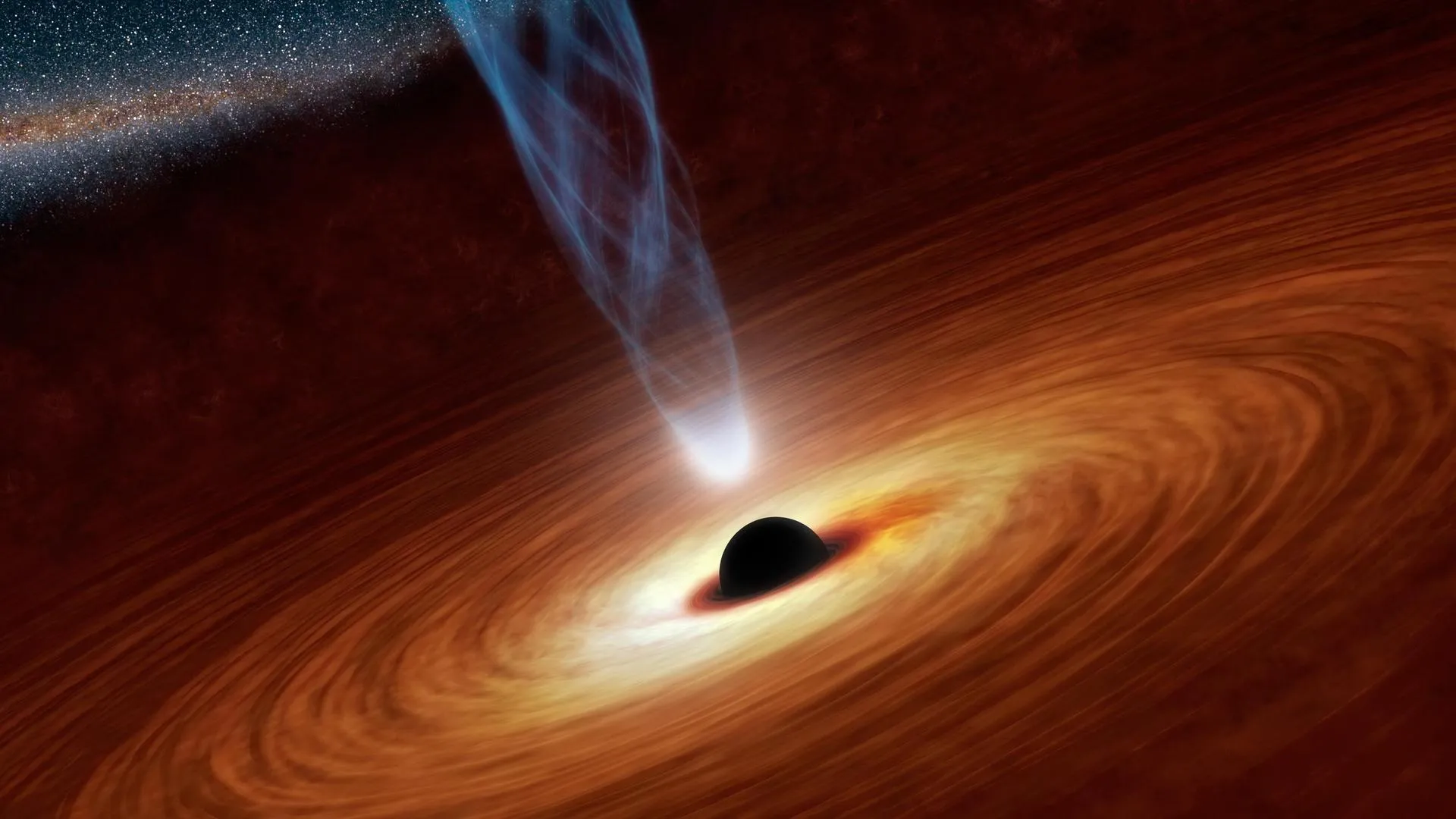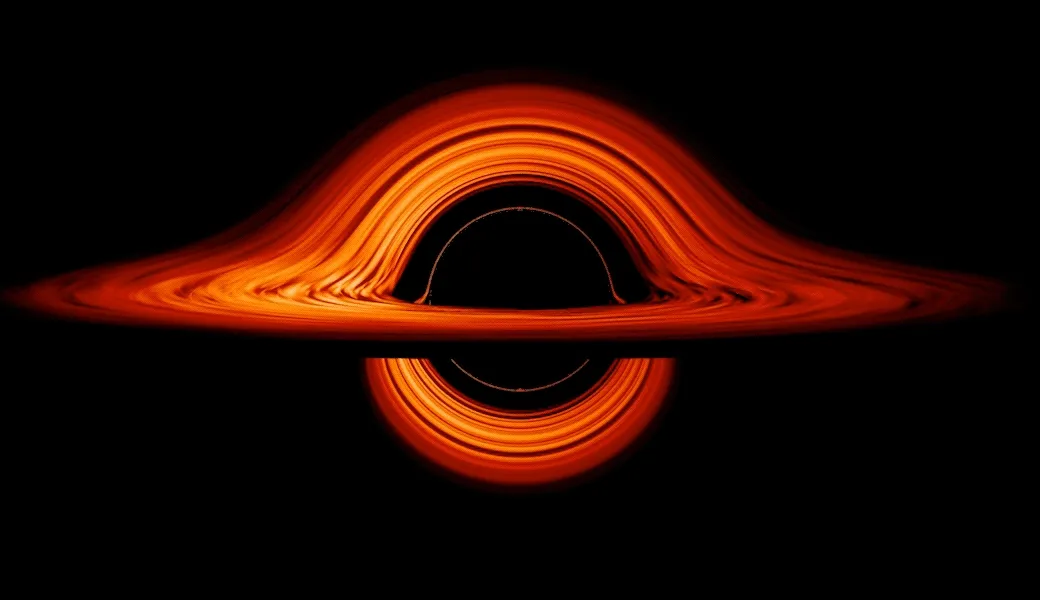
Unraveling the Mysteries of Black Holes
In the vast tapestry of the cosmos, black holes stand as enigmatic entities, captivating the imaginations of astronomers and space enthusiasts alike. These cosmic wonders, shrouded in mystery, defy our conventional understanding of space and time. Join us on this celestial journey as we unravel the basic knowledge about black holes, exploring the science behind these gravitational behemoths.
Black holes are born from the remnants of massive stars that have exhausted their nuclear fuel. When such a star reaches the end of its life cycle, it undergoes a supernova explosion, and what remains can collapse under its own gravity to form a black hole. The gravitational pull becomes so intense that not even light can escape, rendering these celestial bodies invisible to the naked eye.
 Rapidly spinning black hole surrounded by an accretion disc
Rapidly spinning black hole surrounded by an accretion disc
Understanding the anatomy of a black hole involves exploring key features such as the event horizon, singularity, and ergosphere. The event horizon is the boundary beyond which nothing can escape the gravitational clutches of the black hole. At the heart of a black hole lies the singularity—a point of infinite density where our known laws of physics break down. The ergosphere is a region just outside the event horizon where the black hole’s rotation drags spacetime along with it.
Black holes come in various sizes, ranging from stellar-mass black holes to supermassive black holes that lurk at the centers of galaxies. Stellar-mass black holes are formed from collapsing stars, while supermassive black holes, with masses millions or billions of times that of our Sun, hold sway over the galactic centers. There’s also a hypothetical category called primordial black holes, which could have formed in the early universe.
The intense gravitational fields around black holes give rise to fascinating phenomena, including time dilation. As objects approach the event horizon, time for them appears to slow down from an external observer’s perspective—a concept rooted in Einstein’s theory of relativity. Additionally, some theories suggest that black holes could be connected by hypothetical tunnels called wormholes, offering potential shortcuts through spacetime.
While black holes themselves are invisible, their presence can be inferred through the effects they have on nearby matter. X-ray emissions from accretion disks—a swirling mass of gas and dust spiraling into a black hole—provide valuable clues. Gravitational waves, ripples in spacetime caused by accelerating masses, also offer a new tool for detecting black hole mergers and other cosmic events.
Black holes, with their mysterious nature and immense gravitational influence, continue to be a source of fascination and intrigue in the realm of astrophysics. As our understanding of these cosmic enigmas evolves, so too does our appreciation for the profound impact they have on the fabric of the universe. The exploration of black holes is an ongoing odyssey, inviting us to peer into the deepest recesses of space and time, where the laws of physics as we know them are pushed to their limits.